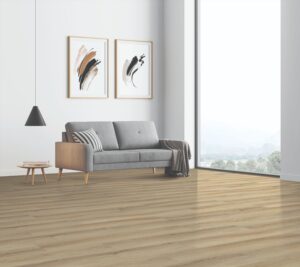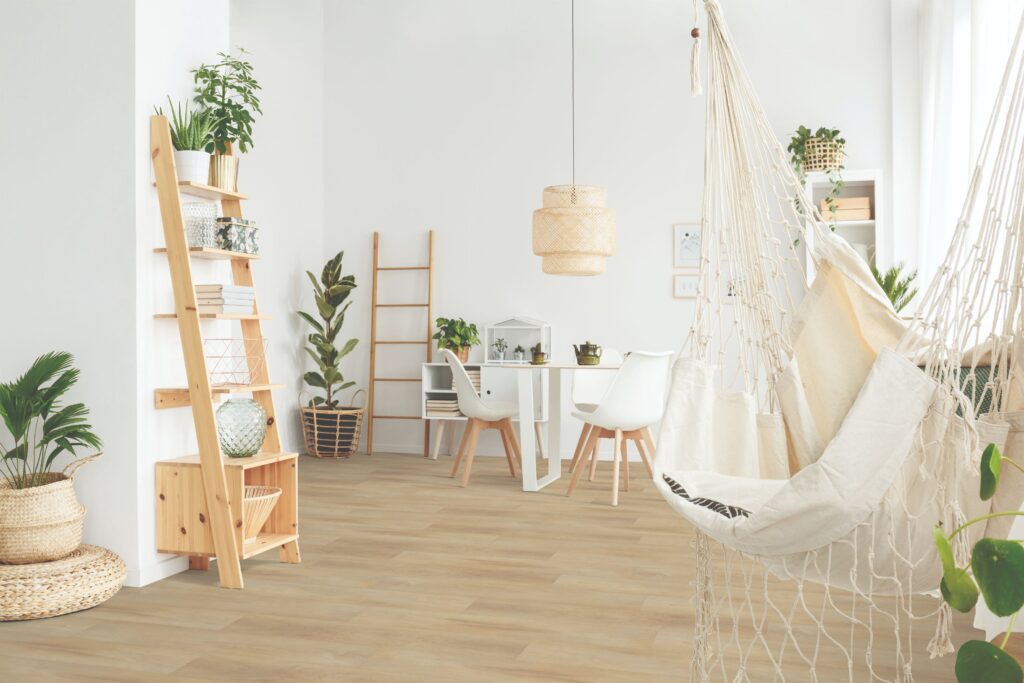Brief: When it comes to choosing flooring for your home, vinyl and laminate are two popular options to consider. This blog explores the differences between the two, including material composition, appearance, durability and maintenance, installation, and cost, to help you make an informed decision on which one is right for your specific needs and preferences.
When it comes to flooring, there are a lot of options on the market. Two popular choices are vinyl and laminate flooring. While they might look similar at first glance, there are some key differences between the two that are important to consider when deciding which one to choose for your home. In this blog, we’ll explore the differences between vinyl and laminate flooring to help you make an informed decision.
Material and Composition
Vinyl flooring is made from a type of plastic called polyvinyl chloride (PVC). It typically comes in sheets or planks that have a printed design layer on top and a clear wear layer on the surface for added durability. The wear layer also helps to protect the printed layer from fading, scratches, and other forms of wear and tear.
Laminate flooring, on the other hand, is made from a combination of materials, including high-density fiberboard (HDF), resin, and a printed design layer. It also has a clear wear layer on top to protect the printed layer from damage.
Appearance
Vinyl flooring is available in a wide range of colors, patterns, and textures, including options that mimic the look of natural materials like wood or stone. This makes it a versatile option that can suit a variety of design styles.
Laminate flooring also comes in a range of colors and designs, including options that mimic the look of hardwood, stone, or tile. While it may look similar to real wood or stone, it often has a more uniform appearance due to the repeating nature of the printed design layer.
Durability and Maintenance
Vinyl flooring is highly durable and resistant to scratches, stains, and water damage, which makes it a popular choice for high-traffic areas, such as kitchens and bathrooms. It is also very easy to clean, and regular sweeping and occasional mopping is usually sufficient to keep it looking great.
Laminate flooring is also relatively durable, but it is more prone to scratches and dents than vinyl flooring. It is not as water-resistant as vinyl and can be damaged by excess moisture, which makes it less suitable for use in bathrooms and other high-moisture areas. Laminate flooring can be cleaned with a damp mop, but it should not be saturated with water.
Installation
Both vinyl and laminate flooring are popular choices for DIY installations. Vinyl flooring is available in sheets or planks that can be cut to size and glued down or installed with a click-lock system. It can be installed over most types of subflooring, including concrete, plywood, and even existing flooring.
Laminate flooring is also available in planks or tiles that can be installed with a click-lock system. It can be installed over most types of subflooring, but it is important to ensure that the subfloor is level and free of imperfections.

Cost
The cost of vinyl and laminate flooring can vary depending on the quality and brand. Generally, vinyl flooring is the more affordable option, with prices ranging from $2 to $7 per square foot. Laminate flooring is slightly more expensive, with prices ranging from $3 to $9 per square foot.
Conclusion
Both vinyl and laminate flooring have their pros and cons, and the right choice for your home will depend on your specific needs and preferences. Vinyl flooring is more durable, water-resistant, and affordable, making it a great choice for high-traffic areas and those looking for an affordable option. Laminate flooring is a good option for those looking for a realistic wood or stone look and who are willing to pay a little extra for the added aesthetic appeal.
Ultimately, it is important to do your research, compare the options, and choose the flooring that best meets your needs and budget.


